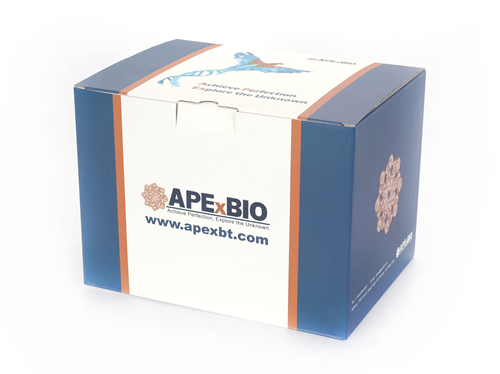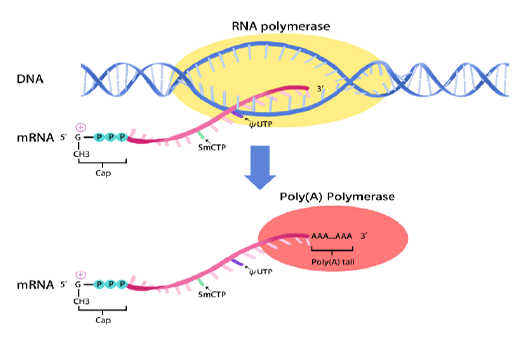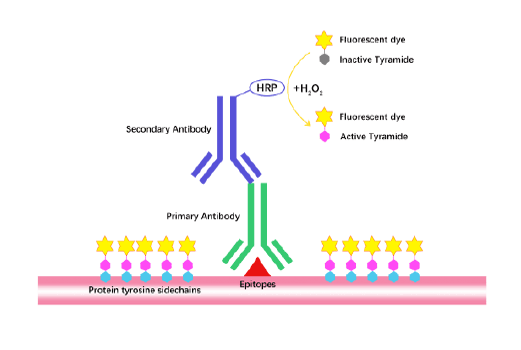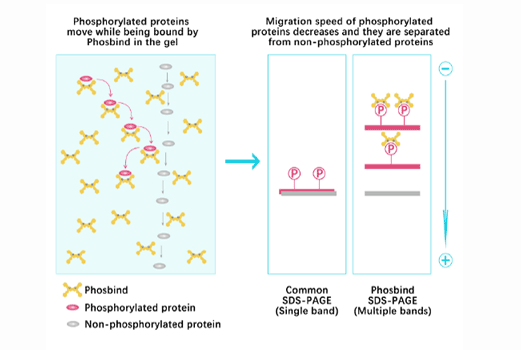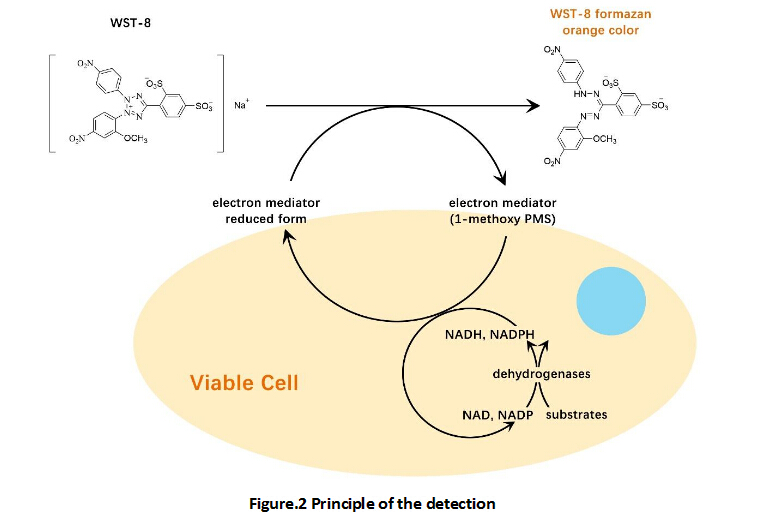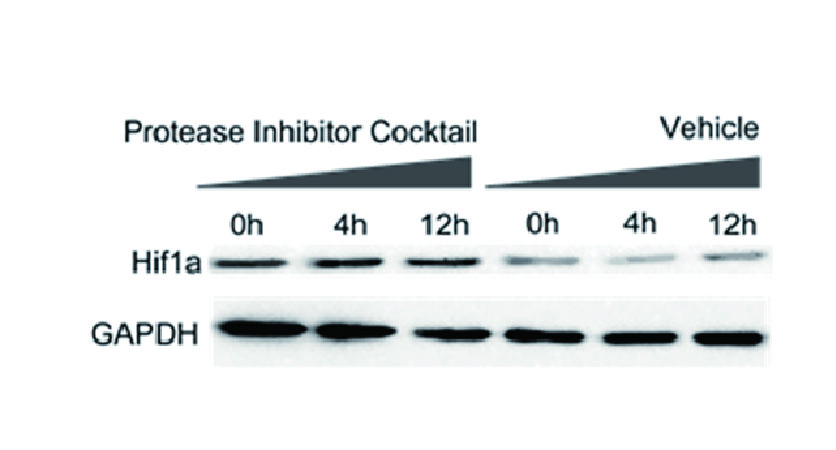Luminescent 3D Cell Viability Assay Reagent
ATP is an important source of energy in cells and can be used to measure cellular metabolic activity. In addition, ATP levels are positively correlated with the number of viable cells. Therefore, ATP content can be used to reflect the number of living cells.
Compared with traditional 2D cell culture, 3D cell culture can simulate the biological environment in vivo better. This technology is widely used in biomedical research, drug screening, tissue engineering, and regenerative medicine. The Luminescent 3D Cell Viability Assay Reagent is a product that uses firefly luciferase to detect 3D cell viability. This reagent contains a thermostable firefly luciferase and highly purified luciferin substrate. When added to 3D cells, the reagent lyses the cells, releasing ATP, which then reacts with the substrate under luciferase catalysis to produce a stable luminescent signal.
This product is optimized for strong lysis capacity, stronger than reagents such as K2040 (designed for standard 2D cell ATP detection), so it can effectively penetrate into the center of 3D cell spheroids. Compared with other 3D cell viability assay reagents, this product provides a simple, quick and highly sensitive method.
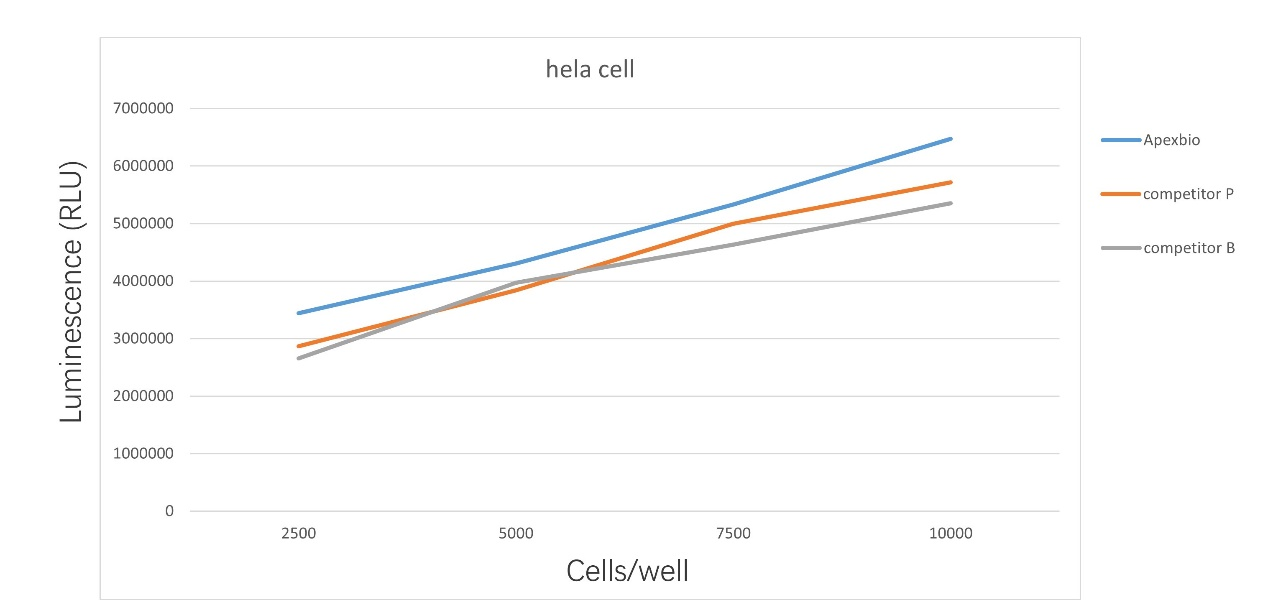
Figure 1: Comparison of different reagents applied to 3D cells
|
Components |
100 Tests |
500 Tests |
1000 Tests |
2500 Tests |
Storage |
|
Luminescent 3D Cell Viability Assay Reagent |
10 mL |
50 mL |
100 mL |
250 ml |
-20°C/-80°C away from light |
|
Shipping: Dry ice Shelf life: 1 year in -20°C. More than 1 year in -80°C. |
|||||



